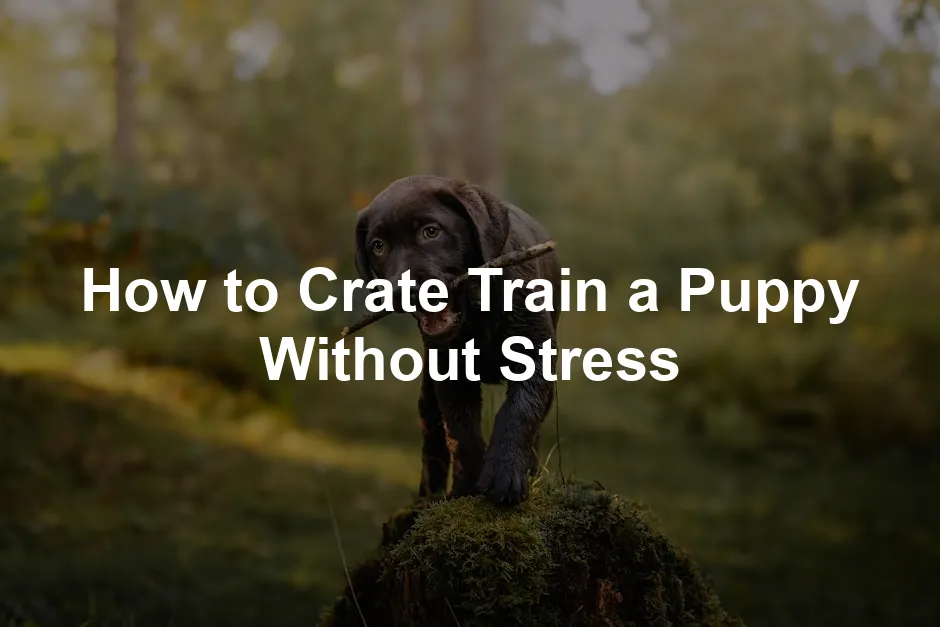Introduction
Crate training is more than just a fancy term for confining your puppy. It’s a valuable practice that provides a safe haven for your furry friend. When implemented correctly, crate training fosters a sense of security while aiding in house training. Puppies are natural den animals, and a crate can become their cozy retreat. This article will guide you through practical steps and strategies to ensure a smooth, stress-free crate training experience. By the end, you’ll be equipped with the knowledge to help your puppy view their crate as a delightful space rather than a prison cell. Let’s embark on this journey to create a harmonious living environment for both you and your pup!
If you’re looking for a sturdy and comfortable option, consider the MidWest Homes for Pets Dog Crate. It’s perfect for providing your pup with a secure haven while you’re away.
Understanding Crate Training
What is Crate Training?
Crate training involves teaching your puppy to feel comfortable and secure in a crate. Think of it as creating a personal space for your pup, much like a child’s bedroom. The primary purpose of this practice is to provide a safe environment while also facilitating house training. Puppies instinctively avoid soiling their sleeping area, making crates a useful tool for managing bathroom breaks. A crate can be an invaluable asset for pet owners, allowing you to monitor your puppy’s behavior and reduce opportunities for mischief. From keeping them safe during nighttime to preventing accidents, crate training offers numerous benefits for both puppies and their owners.
When done right, the crate transforms into a sanctuary, a place where your puppy can retreat and relax after a busy day of playing and exploring. This makes crate training not just a necessity but a significant part of your puppy’s development. As you proceed, remember that the key to successful crate training is positive reinforcement and patience. With the right approach, your puppy will come to love their crate, making both of your lives easier and more enjoyable.
Speaking of comfy, why not pamper your pup with a PetFusion Ultimate Dog Bed? It provides the perfect cozy retreat for your furry friend to relax after their crate training sessions!

Benefits of Crate Training
Crate training offers a wealth of advantages for both puppies and their owners. First off, it prevents destructive behaviors. Imagine returning home to find your favorite shoes chewed to bits. Not a pretty sight, right? With a crate, your puppy can’t wreak havoc when you’re not around.
Next, crate training is a fantastic aid for housetraining. Puppies have an instinct not to soil their sleeping area. This means they’ll learn to hold it until they’re outside. It’s like having a built-in bathroom training assistant!
A crate also serves as a safe haven during stressful situations. Whether it’s fireworks, thunderstorms, or that overly enthusiastic family member, a crate provides a cozy retreat. Your pup will feel secure, reducing anxiety-related behaviors.
For those pups who need something to chew on, try the KONG Classic Dog Toy. It’s a fantastic way to keep your pup entertained while they’re in their crate!
Lastly, crate training is essential for travel and emergencies. If you ever need to evacuate or travel, a crate makes it easier to manage your puppy. It’s their portable safe zone, ensuring they stay calm and secure, no matter where life takes you.
In short, crate training is a win-win for everyone involved. It not only protects your home but also helps your puppy feel safe and well-adjusted.
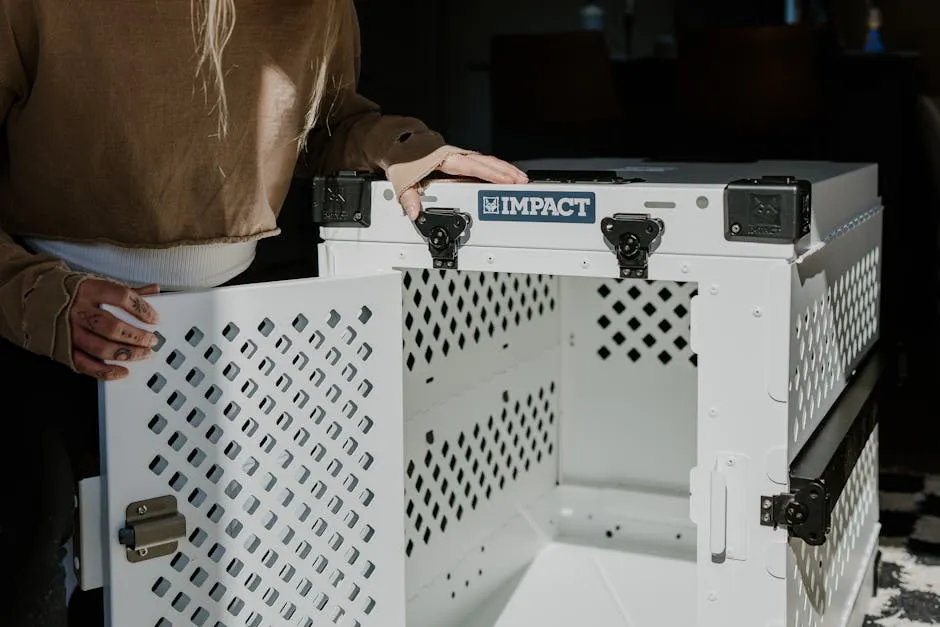
Choosing the Right Crate
Types of Crates
When it comes to choosing a crate, you’ll find various options. Each type has its pros and cons. Wire crates are popular for their durability and ventilation. They’re easy to clean and can collapse for storage. However, some pups may feel exposed in them.
Plastic crates, on the other hand, offer more privacy. They’re great for travel, as they meet airline regulations. But they can be heavier and less breathable. Then there’s the fabric crate, which is lightweight and portable. However, these aren’t ideal for anxious pups who might chew or scratch.
If you’re looking for a budget-friendly option, the AmazonBasics Dog Crate is a solid choice. It’s affordable and gets the job done without breaking the bank!
In summary, pick a crate that fits your puppy’s needs and lifestyle. Consider factors like your dog’s temperament and where you’ll use it most.

Size Matters
Choosing the right size crate is crucial. You want your puppy to feel comfortable without being cramped. Measure your pup from the tip of their nose to the base of their tail. Add a few inches for good measure. This ensures they can stand, turn around, and lie down comfortably.
If your puppy is still growing, consider a crate with divider panels. This way, you can adjust the space as they grow. A crate that’s too large can lead to accidents, as puppies may feel free to use one corner as a bathroom. Keep it snug, and your pup will feel cozy and secure.
Creating a Comfortable Environment
Making the crate inviting is essential. Start by placing soft bedding inside. Think fluffy blankets or a favorite dog bed. You want your puppy to feel like they are snuggling into a cloud. Add a few toys to keep them entertained, too.
Location matters too! Put the crate in a common area where your family spends time. This encourages your puppy to see the crate as part of home life. Consider draping a blanket over the crate to create a cozy den-like atmosphere.
For those extra cozy moments, a Furhaven Pet Dog Bed can make their crate feel even more like home!
By setting up a comfortable environment, you’ll help your puppy view the crate as a pleasant retreat, not a place of confinement. This cozy nook will play a vital role in their crate training journey!
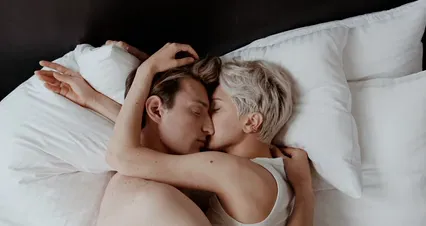
Preparing for Crate Training
Gradual Introduction
Introducing your puppy to the crate should be a gentle process. Think of it like introducing a friend to a cozy blanket fort. You wouldn’t shove them in there, right? Instead, place the crate in a common area where your family hangs out. Leave the door open and let your puppy investigate at their own pace. Toss in some toys or treats to entice them. This way, the crate becomes an exciting new world, not a scary prison. Remember, patience is key. Forcing them inside can lead to resistance and anxiety. Instead, encourage exploration and curiosity.
To make this exploration even more engaging, consider using a ZippyPaws Burrow Squeaky Hide and Seek Toy. It adds an element of fun and keeps your puppy entertained while they explore their new space!
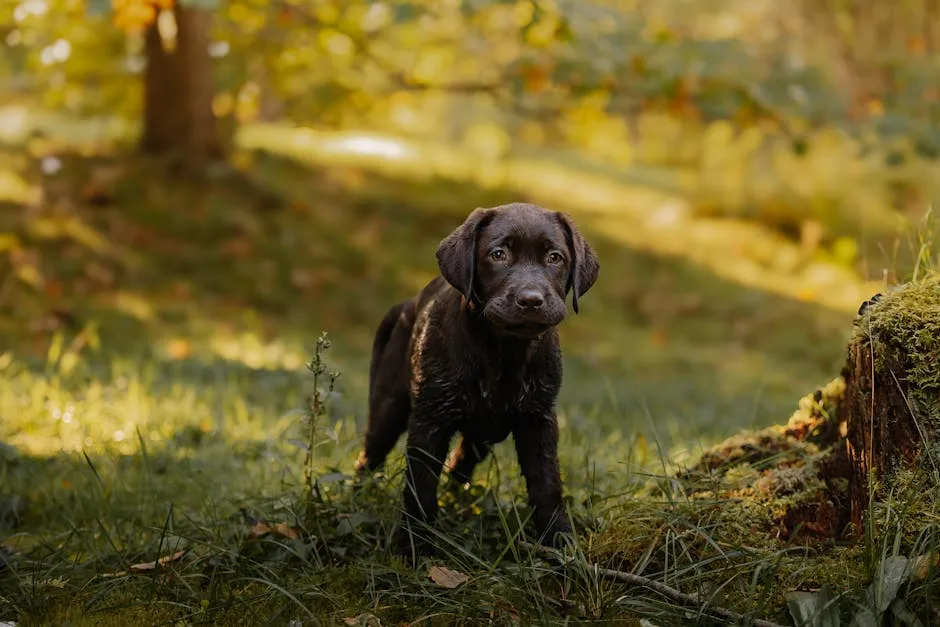
Positive Associations
Creating positive associations with the crate is essential for a smooth training process. One great way to do this is by feeding your puppy inside the crate. Start by placing their food bowl just outside, then gradually move it further in. Each meal becomes a mini party in their new space! You can also use treats or interactive toys, like a stuffed Kong, to keep your puppy engaged while in the crate. Don’t forget to shower them with praise when they enter. This reinforces the idea that the crate is a joyful place to be!
Establishing a Routine
Routine is crucial in crate training. Dogs thrive on consistency, so sticking to a schedule can help your puppy learn what to expect. For instance, designate specific times for meals, play, and crate time. After meals, take your puppy outside for potty breaks, then gently guide them back to the crate for a nap. The more predictable the routine, the more secure your puppy will feel. Soon enough, they’ll associate the crate with comfort and safety, making it a welcome retreat during busy days. Plus, a well-established routine can significantly reduce anxiety for both you and your furry friend, leading to a happier household!

The Crate Training Process
Step-by-Step Guide to Effective Crate Training
1. Initial Exploration
Encourage your puppy to explore the crate freely. Open the door, toss in a few treats, and let them go at their own pace. No rush! If they sniff around or even step inside, reward them with praise. This is their chance to see the crate as a fun new adventure. You want them to feel like they’re discovering a secret hideout, not being trapped in a cage.
2. Feeding in the Crate
Feeding meals in the crate is a fantastic way to reinforce positive associations. Start by placing their food bowl near the entrance. Gradually move it inside as they become more comfortable. This way, every meal becomes a reason to celebrate crate time! Don’t forget to praise your pup for entering. The crate can become their special dining room, making it a place they look forward to visiting.
3. Closing the Door
Once your puppy is happily entering the crate, it’s time to close the door. Start by closing it for just a few moments while they eat. Gradually increase the duration while rewarding calm behavior. You’re looking for a relaxed pup, not a howling banshee! If they whine, wait until they settle before letting them out. This teaches them that calmness gets rewarded.
4. Short Periods Alone
Begin leaving your puppy in the crate for short periods while you’re home. Start with just a few minutes, then gradually increase the time. This helps them learn that being alone in the crate is perfectly fine. Make sure to provide a favorite toy or chew to keep them occupied. You want to encourage independence, so avoid rushing back in when they whine.
5. Nighttime Crating
When it comes to nighttime, start by placing the crate in your bedroom or nearby. This way, your puppy can hear you and feel secure. As they get used to sleeping in the crate, you can gradually move it to another location. Remember to keep the routine consistent. A cozy blanket and a favorite toy can help make their nighttime den feel even more inviting.
Closing the Door
Once your puppy feels comfortable entering the crate, it’s time to close the door. Start by closing it for brief periods while they enjoy a treat or meal inside. Gradually increase the duration the door stays shut. If your pup remains calm, shower them with praise and rewards. This approach reinforces the idea that being inside is a positive experience. However, if they start to whine, wait until they settle down before letting them out. This teaches them that calm behavior earns freedom. Over time, your furry friend will learn to enjoy their cozy space, door closed and all, like the little den animal they are!

Short Periods Alone
Now, let’s introduce the concept of alone time in the crate. Begin with short separations while you’re at home. Start by leaving your puppy crated for just a few minutes, gradually increasing the time as they adjust. Provide a favorite toy or treat to keep them occupied. This helps your puppy learn that being alone in the crate is perfectly fine. The goal is to build their confidence and independence. If they whine, resist the urge to immediately return. Instead, wait for a moment of silence before you come back. Soon, your pup will realize that a little alone time can be a great thing!
Nighttime Crating
Nighttime crating can be a bit tricky, but with a few tips, it can go smoothly. Start by placing the crate in your bedroom or a nearby hallway. This way, your puppy can hear you, making them feel safe. As they adjust, gradually move the crate to your desired location. Establish a calming bedtime routine to signal it’s time to settle in. You might add a cozy blanket or a favorite toy to make the crate feel more inviting. If your puppy cries during the night, give them a moment to settle before responding. With patience and consistency, your puppy will learn that night time is for sweet dreams in their cozy crate!
Addressing Common Issues
Whining and Anxiety
Whining is a common concern during crate training. First, it’s essential to remain patient. If your puppy whines, try to ignore it momentarily; responding can reinforce the behavior. Instead, wait until they settle before letting them out. This method teaches your pup that calmness earns them freedom. You can also use calming techniques, like providing a plush blanket or an item with your scent. If your puppy is showing signs of anxiety, consider shortening crate time and gradually increasing it. Remember, patience and consistency are your best friends in this process!
Separation Anxiety
For puppies displaying separation anxiety, proper strategies can ease their fears. Start by creating a calm environment, free from chaos during crate time. Gradually increase the time you leave them alone, starting with just a few minutes. Use calming techniques like soothing music or a favorite toy. Additionally, practice brief departures and arrivals to help your puppy understand that you always come back. The goal is to build their confidence over time and make the crate a safe space, not a source of stress. With gentle guidance, you can help your puppy feel secure while crated, paving the way for a happy, relaxed pup.
If you’re looking to understand and treat canine separation anxiety, it’s essential to explore various strategies. Understanding and treating canine separation anxiety
Long-Term Crate Training Tips
Maintaining Positive Associations
Keeping the crate a positive space is vital for your puppy’s long-term comfort. Start by always associating the crate with positive experiences. Regularly feed your pup inside the crate. This simple act transforms mealtime into a delightful event! Use high-value treats, like peanut butter or cheese, to make the crate even more enticing. Consider giving your puppy special toys or chewables they can only access when crated. This creates excitement and anticipation around their special nook.
Encourage your puppy to explore the crate freely. Leave the door open during the day, allowing them to come and go as they please. This fosters a sense of ownership. Be sure to praise them when they enter voluntarily. Avoid using the crate as a punishment; doing so can create negative associations. Instead, think of it as a cozy retreat. With the right environment, your puppy will view the crate as their personal den, leading to a happier, more relaxed dog!
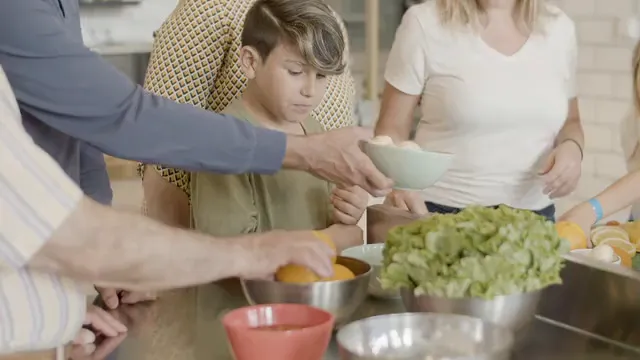
Adjusting Crate Use as Your Puppy Grows
As your puppy matures, their needs and behaviors will evolve. Initially, your puppy may require frequent crating for safety. However, over time, you can adjust how often and for how long they stay in the crate. Start by allowing more freedom when you’re home. Gradually increase the time they can roam freely while supervised. This helps build their confidence and reduces anxiety.
Monitor your puppy’s behavior closely. If they handle longer periods outside the crate well, you can safely extend their freedom during the day. When you’re not home, consider leaving the crate open, allowing your pup to retreat there whenever they like. This way, it remains a welcoming space. As they grow, your puppy will likely appreciate having a blend of crate time and freedom, leading to a balanced and well-adjusted dog.

FAQs
Is crate training cruel?
Crate training serves as a safe space for your puppy. It helps them feel secure and can prevent anxiety. When used correctly, crates become a cozy haven, not a form of punishment.
How long can I leave my puppy in the crate?
Puppies should not be crated too long based on their age. Generally, at a young age, limit crate time to a few hours, ensuring they get outside for potty breaks regularly.
What should I do if my puppy hates the crate?
If your puppy displays aversion, revisit the crate training process. Start by creating positive associations, such as feeding them inside and offering treats. Patience is crucial!
Can I use the crate for punishment?
Absolutely not! The crate should never be used as a means of punishment. This will only lead to fear and anxiety. Emphasize positive reinforcement to foster a loving relationship with the crate.
If you’re looking for a great way to manage your pet’s bathroom needs, consider the AmazonBasics Dog Training Pads. They’re a lifesaver for those unexpected accidents while your puppy is learning!
Please let us know what you think about our content by leaving a comment down below!
Thank you for reading till here 🙂
All images from Pexels

